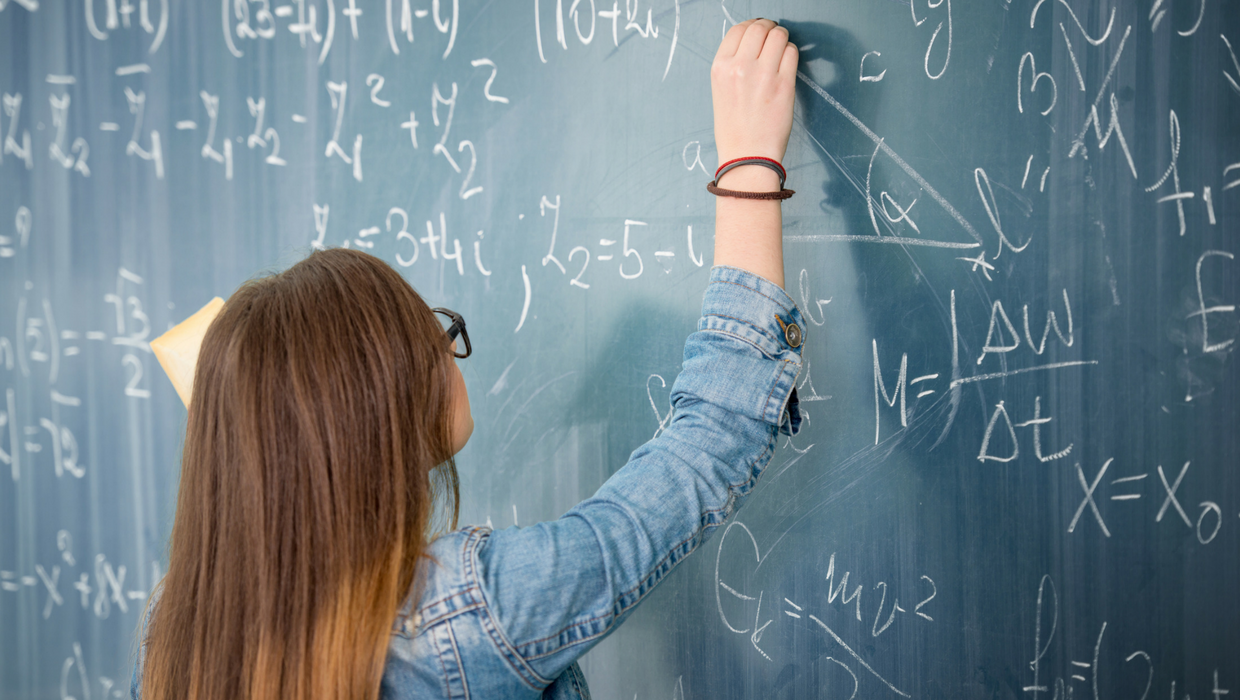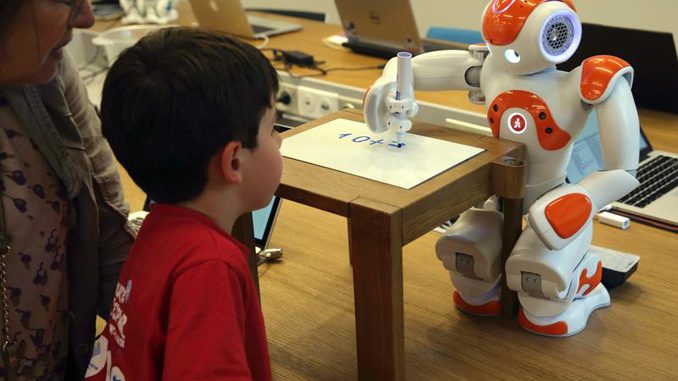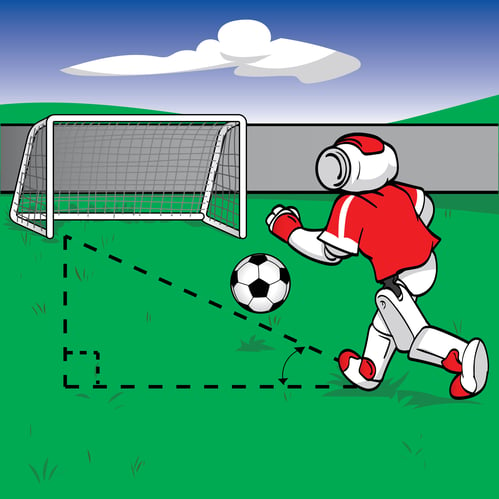Most educators intuitively understand that the subject of Math is more involved than just memorizing tables and formulas. In fact, research shows that the whole brain is involved in math learning. Each area of the brain is actively involved with helping the student to learn the math lessons and concepts being taught. You could even say that it is more than a math subject; it is also an executive function subject.

What part does neuroscience play?
To effectively teach math to students, it is crucial to understand how their brains work and how their brains make the connections and retain the information presented. Different areas of the brain work in different ways. If you can understand how these different areas work and how they help a student learn and retain math concepts, then you can customize your math lessons to the students’ best advantage.
Another interesting correlation between the brain and math learning has to do with making mistakes and how that is perceived by students and teachers alike. Science tells us that the brain can make new connections all the time. This means that the brain is continually growing-not necessarily in the physical sense, but it grows in the amount of information it learns and stores. We do know that the brain grows in this way when it is being challenged. It is through learning to conquer these challenges that the brain grows and moves on, better able to tackle the next, and perhaps more complex, challenge.
How neuroscience can inform math instruction
When we think of how we teach math to school children, the same basic pattern is typically followed. A concept is taught, and students are given practice exercises. When a student struggles with the practice exercises and answers questions incorrectly, the educator steps in to help. At this point, the educator will point out what is wrong or where the student went wrong, and then the correct answer is often supplied to the student. The teacher then moves on to the next problem.
An incredible opportunity is missed. When educators and society feel that when an answer is wrong, and the student does not understand it, that the best solution is to supply the answer and how that is achieved- a huge loss occurs. It is during this time of cognitive struggling that there is the most opportunity for brain growth in students. Remember, when the brain is struggling to grasp these concepts and make these connections is the time that there will be brain growth.
This is not to suggest that allowing students to struggle or fail to understand concepts is appropriate. It is important for educators to understand that the brain is also fully capable of learning through the use of different modalities. It is imperative that educators have an arsenal of distinct modalities. This will ensure that each student will have the opportunities they need and will benefit the most from when learning math.
Educators need to be aware that it is OK to let students try to work through new math concepts by using different techniques so that different areas of the brain are employed. The end result is that when the brain is struggling a bit and making mistakes, there is also growth and expansion.

Discover more about Math with RobotLAB!
Check our products page and start your robotics lessons with RobotLAB and our learning Platform EngageK12!




